
|
|
|
|
|
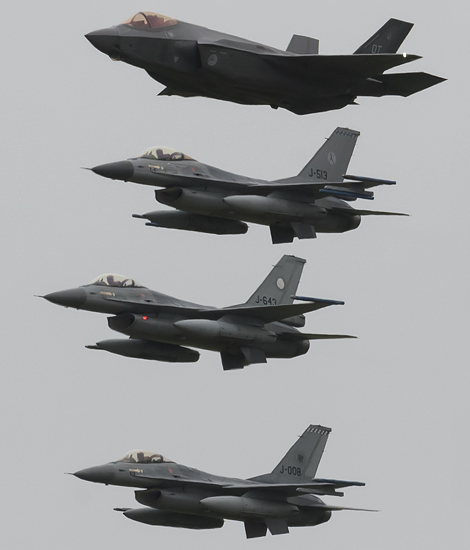
|
The F-35A Lightning II in the Netherlands; Leeuwarden, June 10, 2016
De Luchtmachtdagen 2016, part 1; Text and Photograph's by Alex van Noye
The Lockheed Martin F-35 is an aircraft of the fifth generation and is developed by the American government in collaboration with a number of partner countries. Three variants of the aircraft were developed, namely; the F-35A as a conventional variant, the F-35B STOVL version and the F-35C as a carrier-based variant.
The Netherlands would participate in the program of the development of the F-35A Lightning II. The final decision to purchase the F-35 was not yet been taken by the government, when it was decided on March 1, 2008 that the Netherlands would take part during the Initial Operational Test and Evaluation phase (IOT&E) of the Joint Strike Fighter (JSF) program. The Dutch government purchased two test aircraft for the IOT&E program at the end of 2009. The first test aircraft of the type F-35A Lightning II was transferred by manufacturer Lockheed Martin in Fort Worth Texas to the Royal Netherlands Air Force on April 5, 2012. The first Dutch F-35A squadron was the no 323 Squadron which was started to use the F-35A Lightning II at Eglin Air Force Base on November 5, 2011. The no 323 Squadron is during the introduction of the F-35 responsible for the Operational Test and Evaluation phase (Operationele Test & Evaluatie, OT&E). This phase was started at the end of 2014 at Edwards Air Force Base in California. The unit will create the basis for the future deployment of the F-35 at the Royal Netherlands Air Force. The implementation and execution of the OT&E phase is a major task for the no 323 Squadron. The unit was also responsible for the OT&E of the F-16 in the late 70s. During the tests are not only the operational capabilities of the F-35 weapon system validated, but the Dutch Air Force will also be prepared to operate with a very versatile fifth generation fighter. An important part of this phase is the deployment in a conflict phase.
It is intended that the first F-35s will come to the Netherlands from 2019. The Dutch Defense purchased at least 37 aircraft. In the meanwhile, there are over 20 technicians, four pilots and ten employees trained in a supporting role to work with the F-35. The partnership around the JSF program ensures close involvement in the industrial development of the aircraft. Dutch companies exploit the opportunity which is good for employment. On March 26, 2015, The Netherlands has confirmed that the
|
|
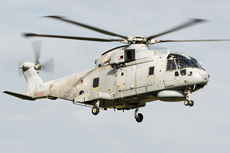
|
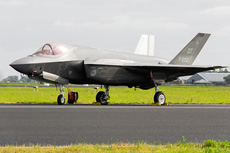
|
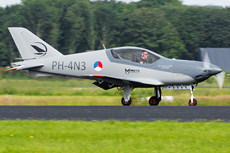
|
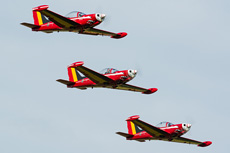
|
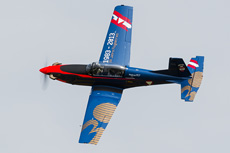
|
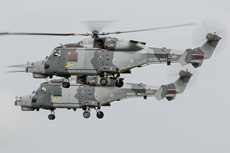
|
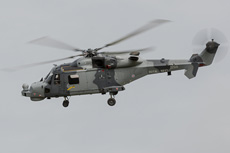
|
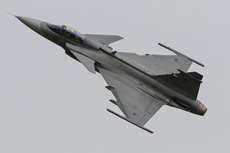
|
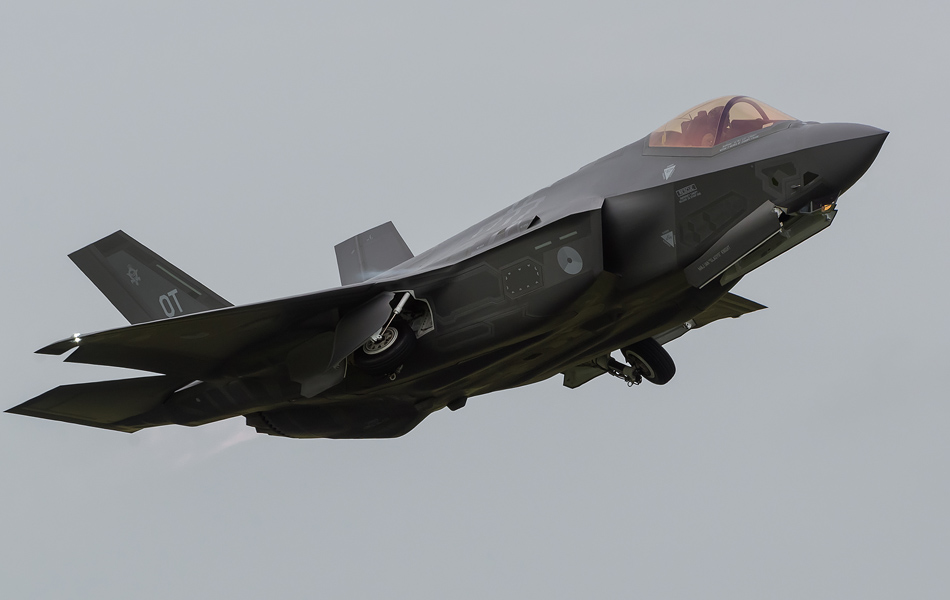
|
first eight F-35A Lightning II aircraft will be purchased from 2019. The signature for this order was ratified in Washington DC under the watchful eye of the head of the F-35 program officer, Lt. Gen. Christopher C. Bogdan. After more than twelve years of political discussions there came an end to the question if the F-35 had to replace the F-16. This signature was the point of no return for the Dutch Government. The F-35 is the most modern fighter aircraft which can be used for various tasks. Several comparisons have shown that the aircraft complies with the Dutch requirements. For the entire armed forces, the F-35 is an important aircraft. The people, who are sent on mission by the Dutch government, must have access to the best equipment, according to the defense minister. Air support is therefore one of the most important links in the spectrum of violence.
After a long test phase in the United States, the two F-35 fighter jets were finally flown to the Netherlands in the spring of 2016. Before both warplanes could fly to the Netherlands, they were first in the United States qualified to be refueled in the air during the tanker qualification. The arrival of the F-35s in the Netherlands was finally scheduled for Monday, May 23, 2016. The two brand new F-35 fighter aircraft of the Royal Netherlands Air Force landed for the first time on Dutch soil at Leeuwarden Air Base in Friesland in the north of the country. The test aircraft remained more than three weeks in the country. The so-called perception flights for the general public in the Netherlands were flown during these weeks. The aircraft are normally stationed at Edwards Air Force Base in California, where the Dutch F-35 detachment is based. From this American test basis, the two F-35A fighter aircraft made their transatlantic crossing to Europe. The aircraft made during this trip a fuel stop at Andrews Air Force Base in Maryland, USA. Both aircraft were during the transatlantic flight guided by the two Dutch KDC-10 tankers which refueled the aircraft several times. The landing of the first F-35s on Dutch soil was planned on Monday evening around the clock of 9.00 pm.
The Dutch politics has made the promise during the presence of the two F-35s in the Netherlands that the residents of the cities near Leeuwarden Air Base and Volkel Air Base can experience the so-called perception flights. During these flights, the citizens could hear what the difference is between the F-16 and F-35 when it comes to the noise level of the new aircraft. Overall the experience was that there are only minor differences between the sound of the F-16 and F-35. This is evidenced by the results of the survey after the perception flights of the F-35. There was a lot of enthusiasm in the Netherlands to participate in this survey. The survey participants were well distributed over the area. The perception flights were flown over both airbases and its surroundings with both an F-16 and an F-35. At both airfields a take-off was made with full afterburner. Also standard circuits were flown around the airfields which are also used during the normal operational days. The F-35s flew over both airbases seven kinds of patterns in the afternoon and the same seven in the early evening. The Dutch Aerospace Center (Nederlandse Lucht- en Ruimtevaartcentrum, NLR) conducted a survey and various noise measurements during the flights. The data presentation of the results of the afternoon flight was presented to the members of the Committee of Consultation and Information Environment (Commissie van Overleg en Voorlichting Milieuhygiëne, COVM) and the media. In the COVM were also people represented who are living near the airfields. That local residents experienced only minor differences, is supported by the noise measurements in the nine settlements. It was a maximum difference of about 3 decibels. The experiences in the area were so far a very positive result for the Air Force.
|
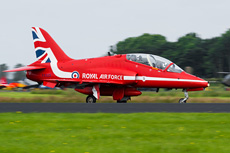
|
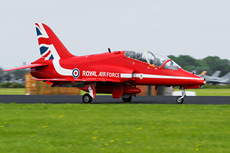
|
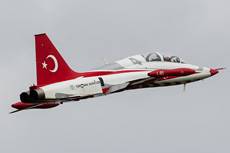
|
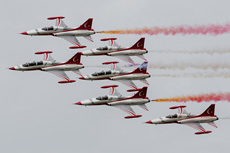
|
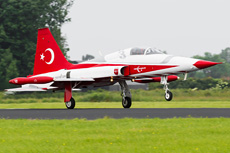
|
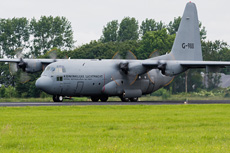
|
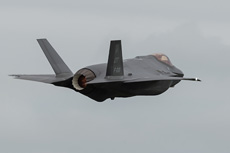
|
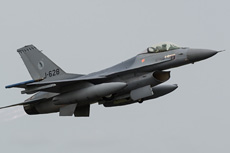
|
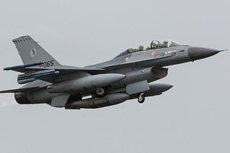
|
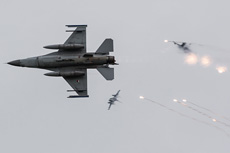
|
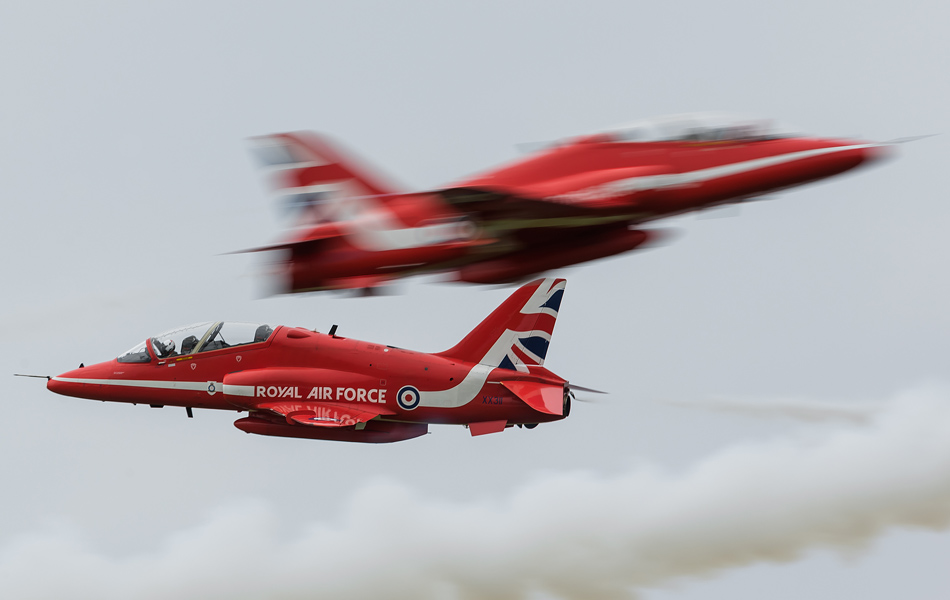
|
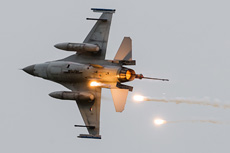
|
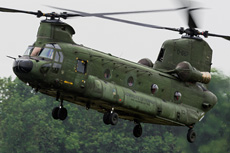
|
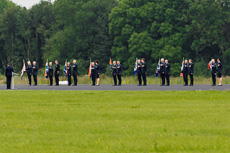
|
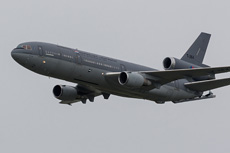
|
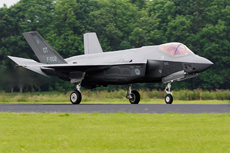
|
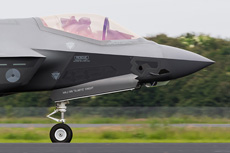
|
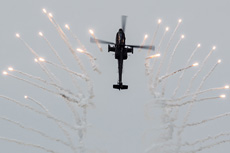
|
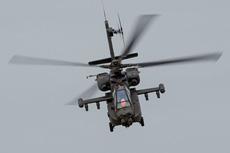
|
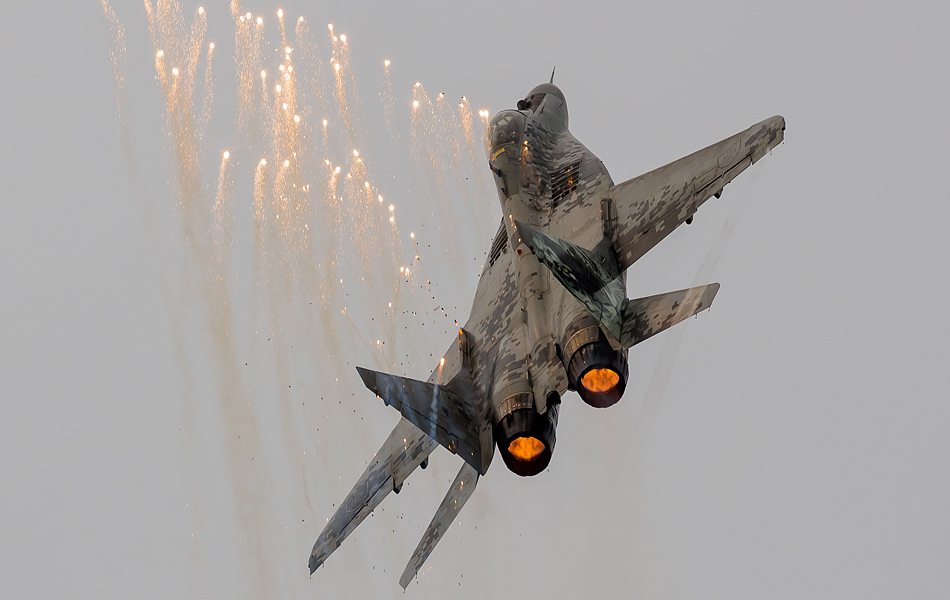
|
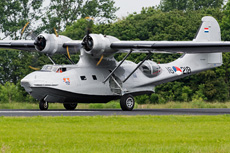
|
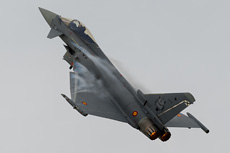
|
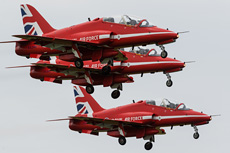
|
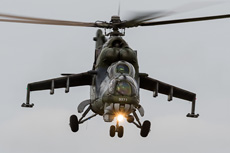
|
|
|

|







